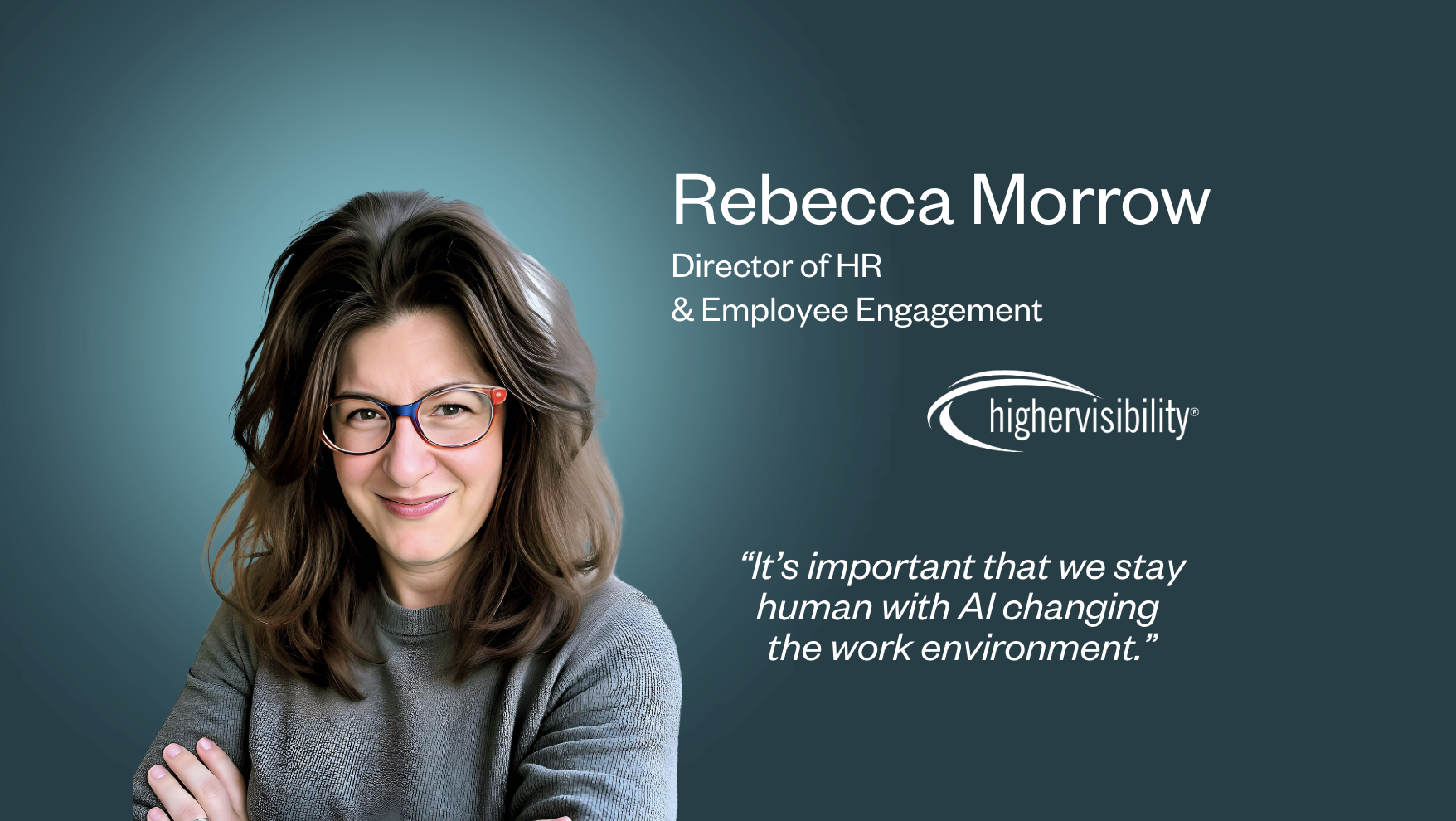The “new normal” at work is transitioning to a hybrid set-up.
Gallup’s research shows that nearly 65% of US workers who worked remotely during the pandemic would like to continue to do so. This poses challenges that need to be accounted for.
The differences in physical and virtual locations can contribute to unequal access to information and resources, as well as differences in opportunities to interact face-to-face with colleagues. This can result in some people receiving more recognition than others, as well as creating feelings of exclusion.
There are steps companies can take to successfully establish a hybrid work culture that is sustainable long-term:
Commit to fairness
Research by MIT shows that there is a negative impact on performance evaluations, appraisals and promotion opportunities for remote workers compared to their colleagues who work in the office(1). This happens due to passive facetime – crediting people more on the basis of being seen at work, rather than their actual performance. To ensure fair evaluations, define clear KPIs that account for these differences in visibility.
Making the performance evaluation process as data driven as possible can also help reduce the risk of biases cropping up while assessing performance.
Focus on a shared purpose
Focusing on a shared vision and goals ensures alignment and engagement. Bring teams together for strategic planning sessions. Reinstate and clarify how everyone’s skills and responsibilities uniquely tie to the long-term vision and goals of the company.
Foster connectivity
Things that once drove informal office cultures such as casual and friendly chats around communal areas, should be reformatted to encourage a connection between remote and in-person teams. This could mean replacing coffee breaks with virtual team chats or celebrating milestones and achievements that allow team members to form social bonds.
Rethink psychological safety
Psychological safety has been a strong predictor of team effectiveness. The hybrid work environment can give way to biases and judgments around where and how people prefer to work. Be understanding and supportive of people’s working styles and preferences, as well as frequently checking in and communicating with them. This creates an inclusive, safe and trusting environment.
Prioritise professional development
Commit to developing your teams and help them be more agile and resilient in the face of dynamic changes. Professional coaching is one way to do this. The personalised nature of one-to-one coaching takes into account employees’ unique experiences and recognises their strengths. This helps them feel truly engaged, empowered and supports their wellbeing.
Companies need to be responsive to the changing work landscape, and commit to a fair and inclusive workplace culture in order to be successful. This will drive and sustain performance, engagement and ensure agility.
(1) Elsbach, K. and Newberry, S., 2021. Why Showing Your Face at Work Matters. [online] MIT Sloan Management Review.



